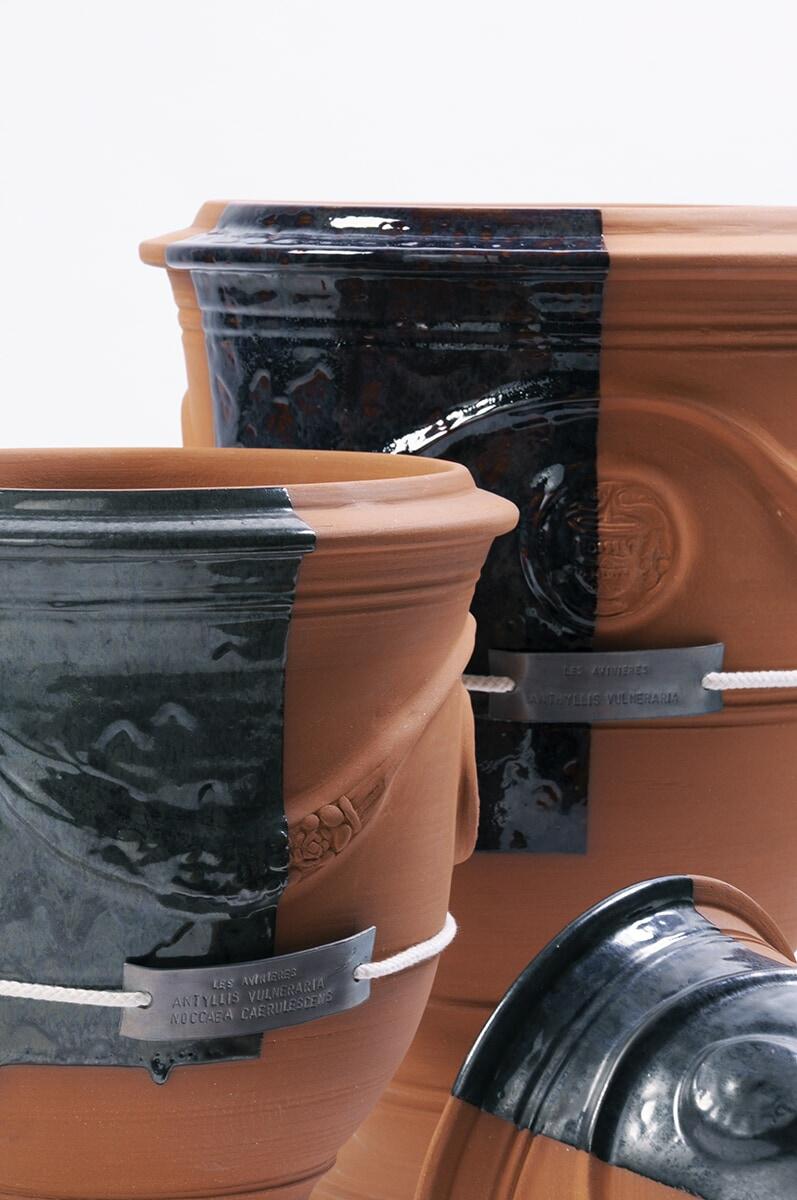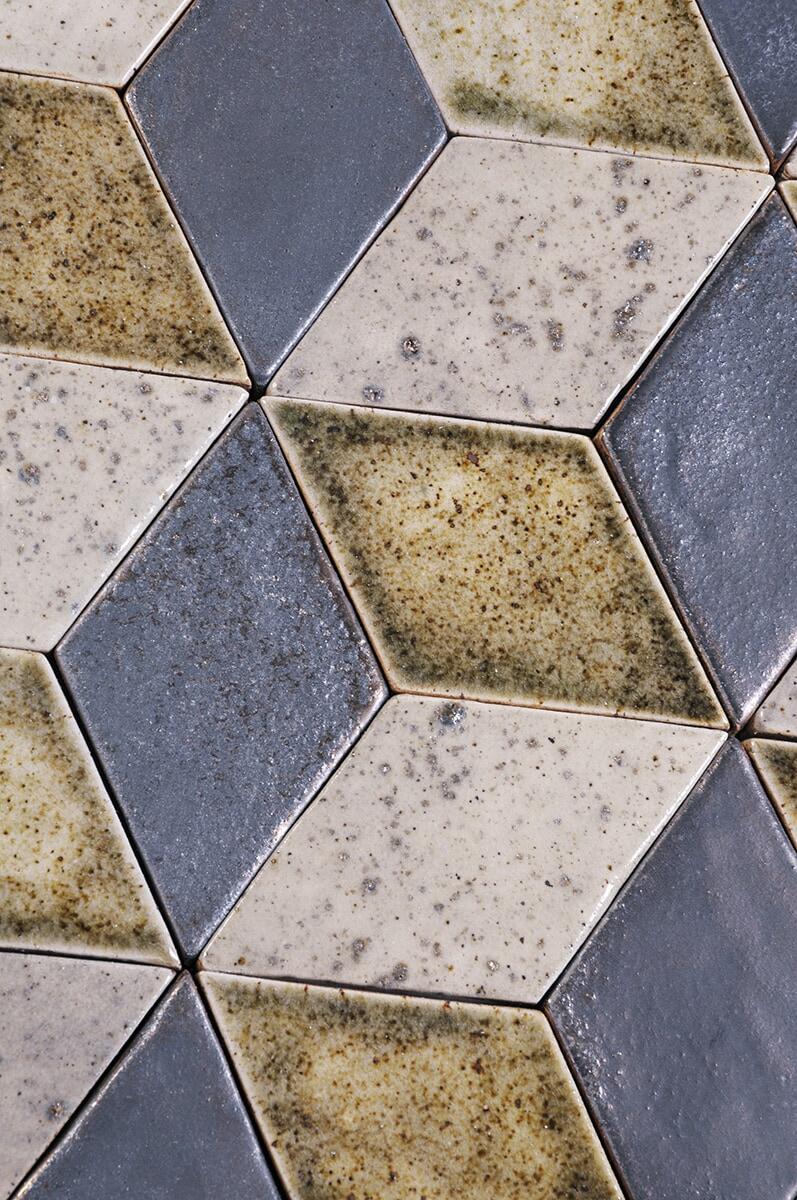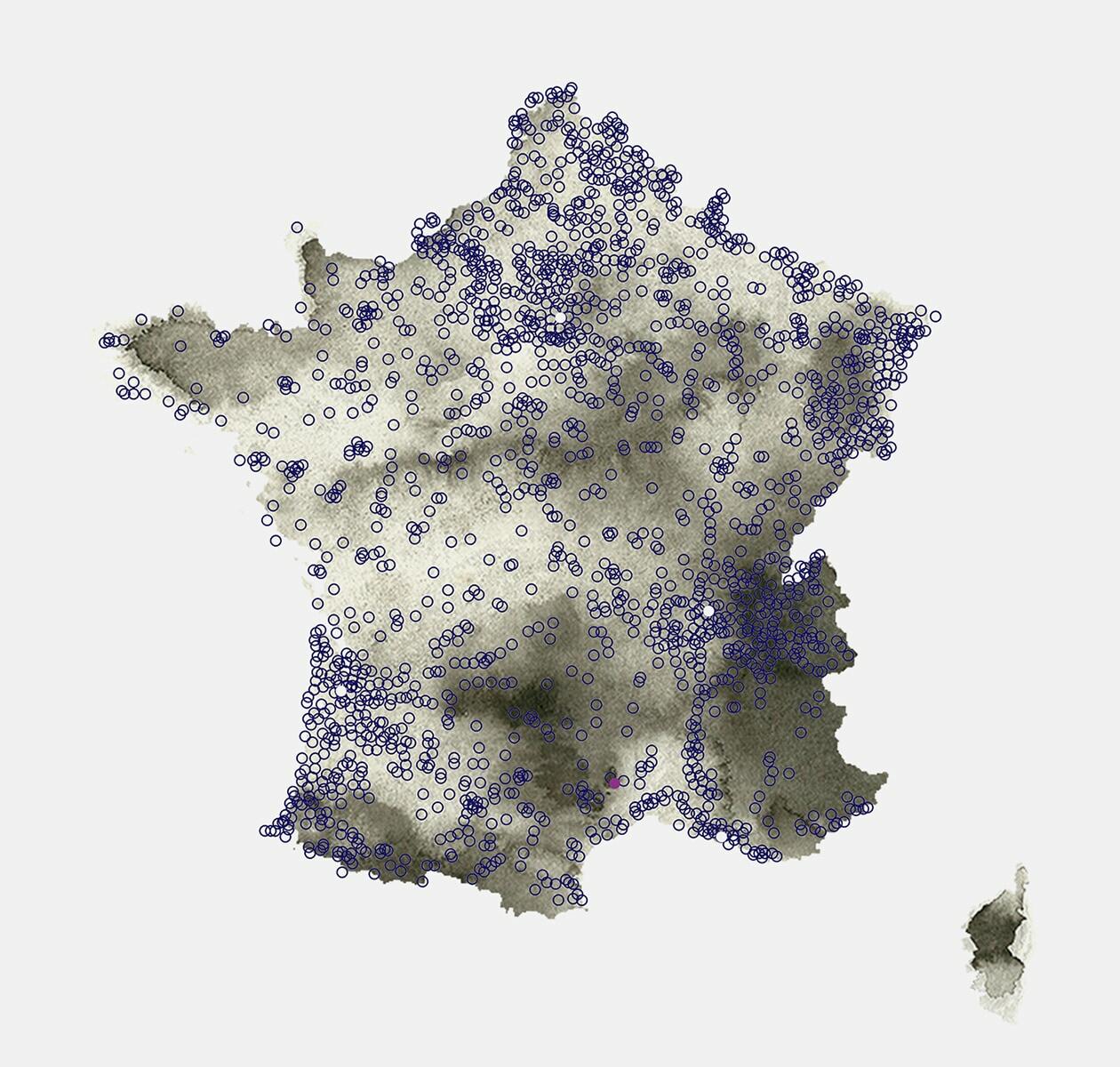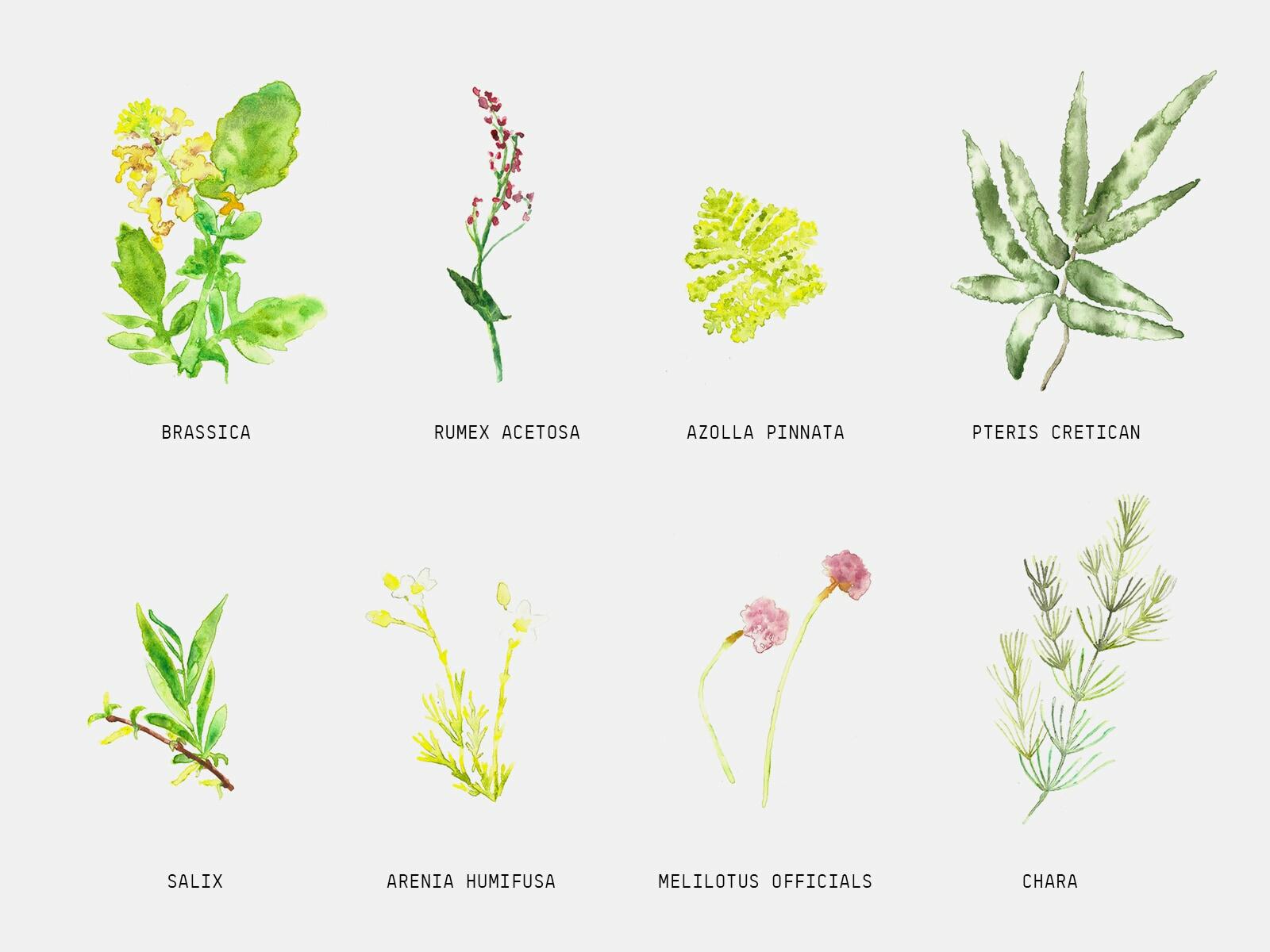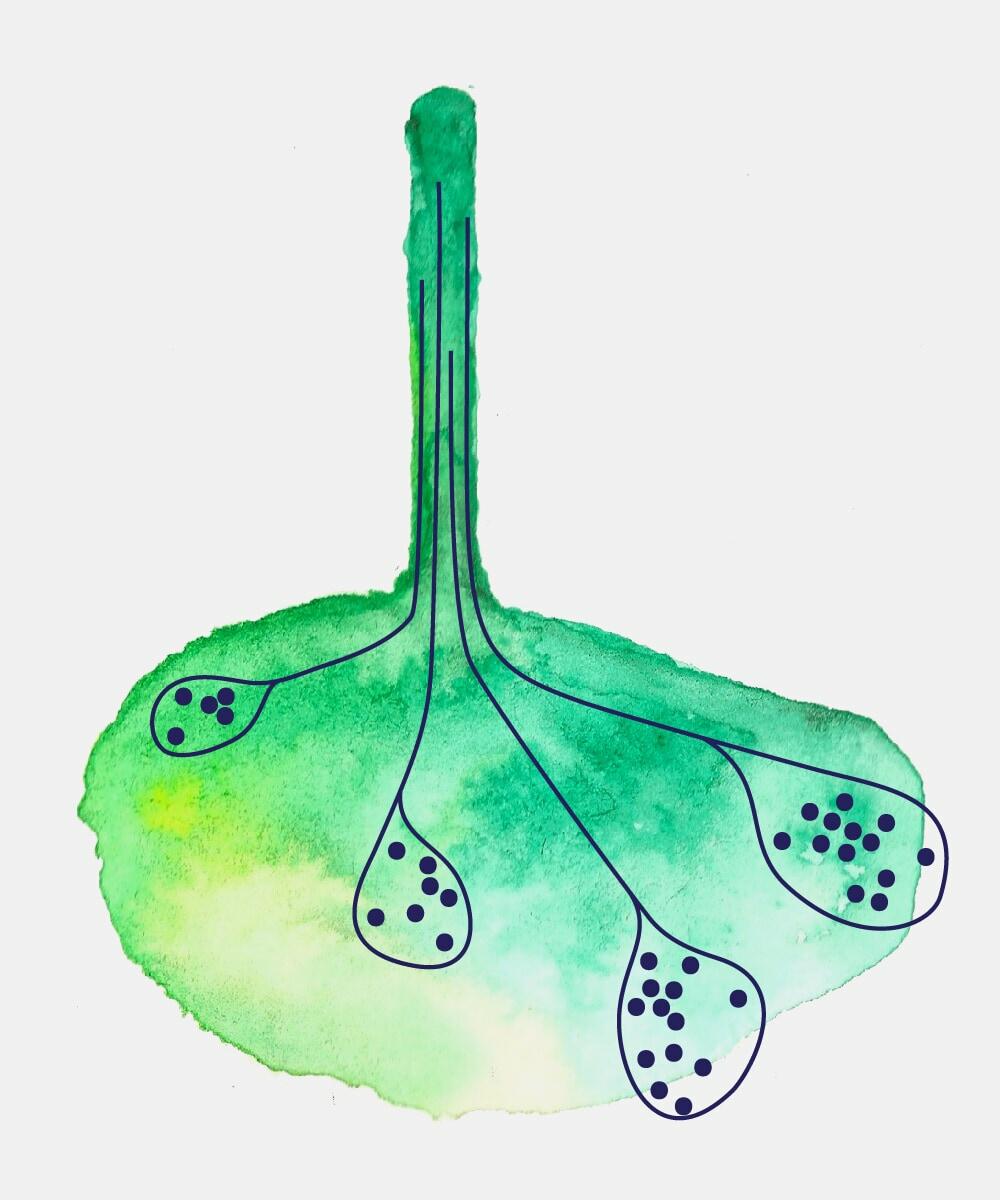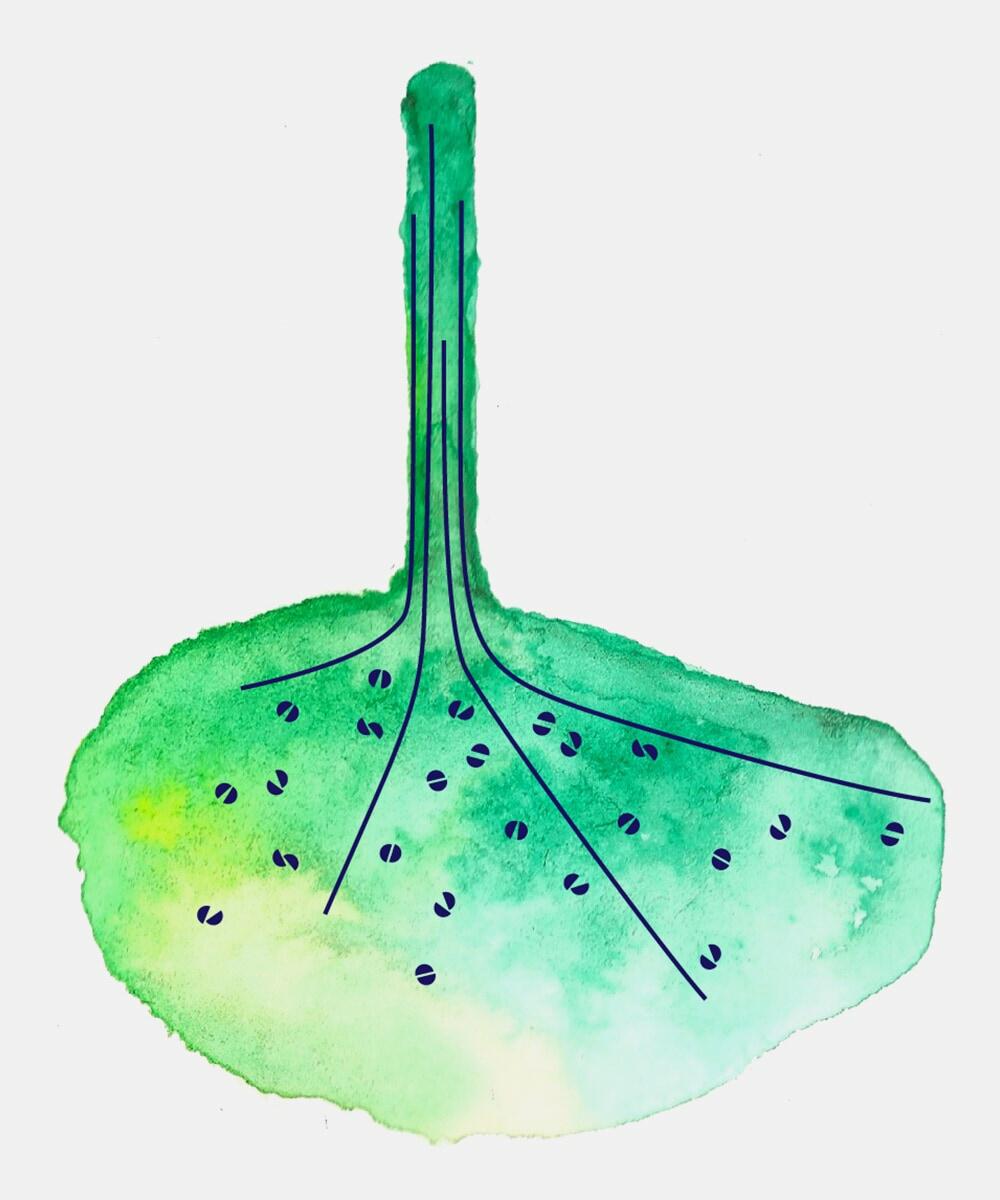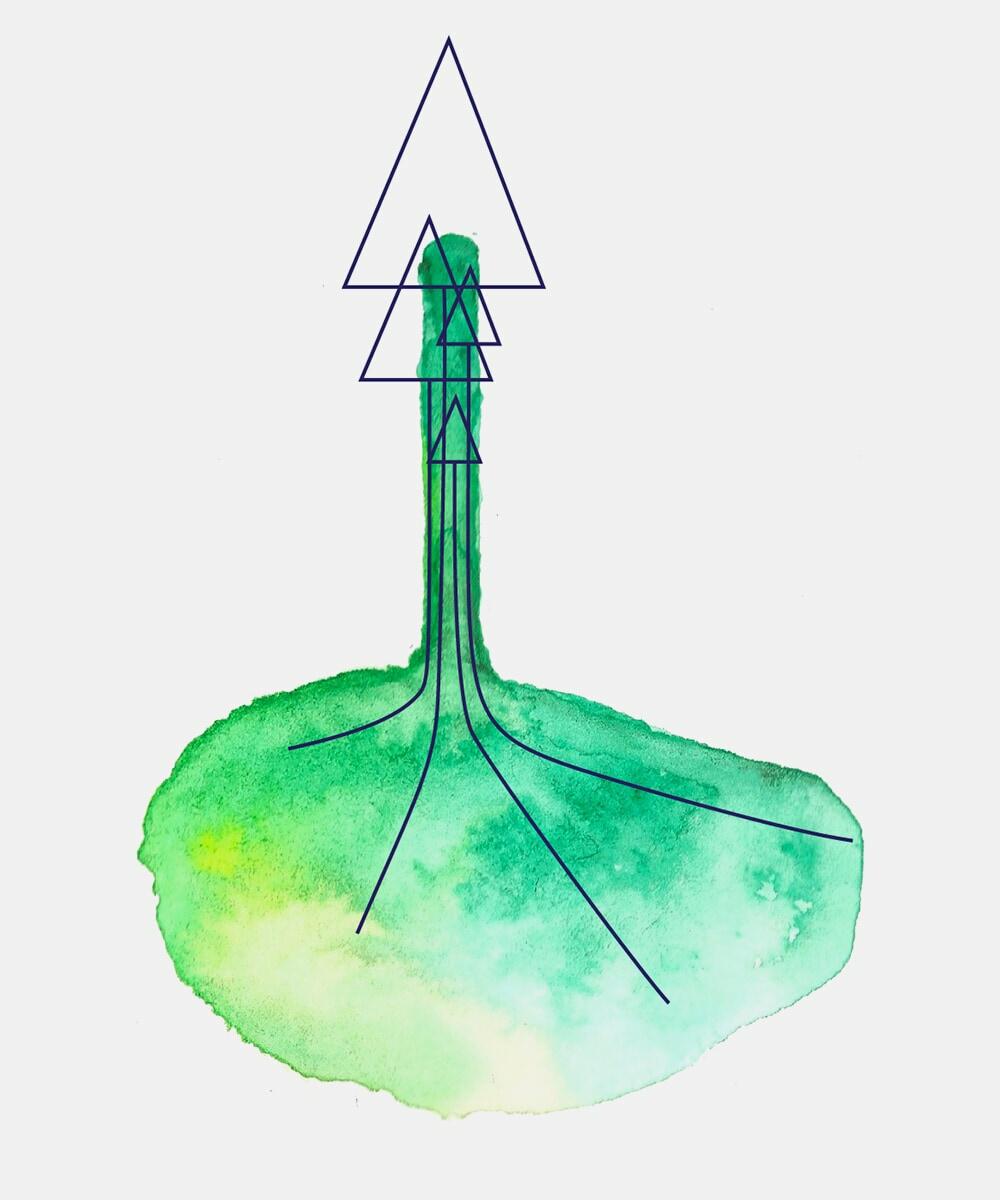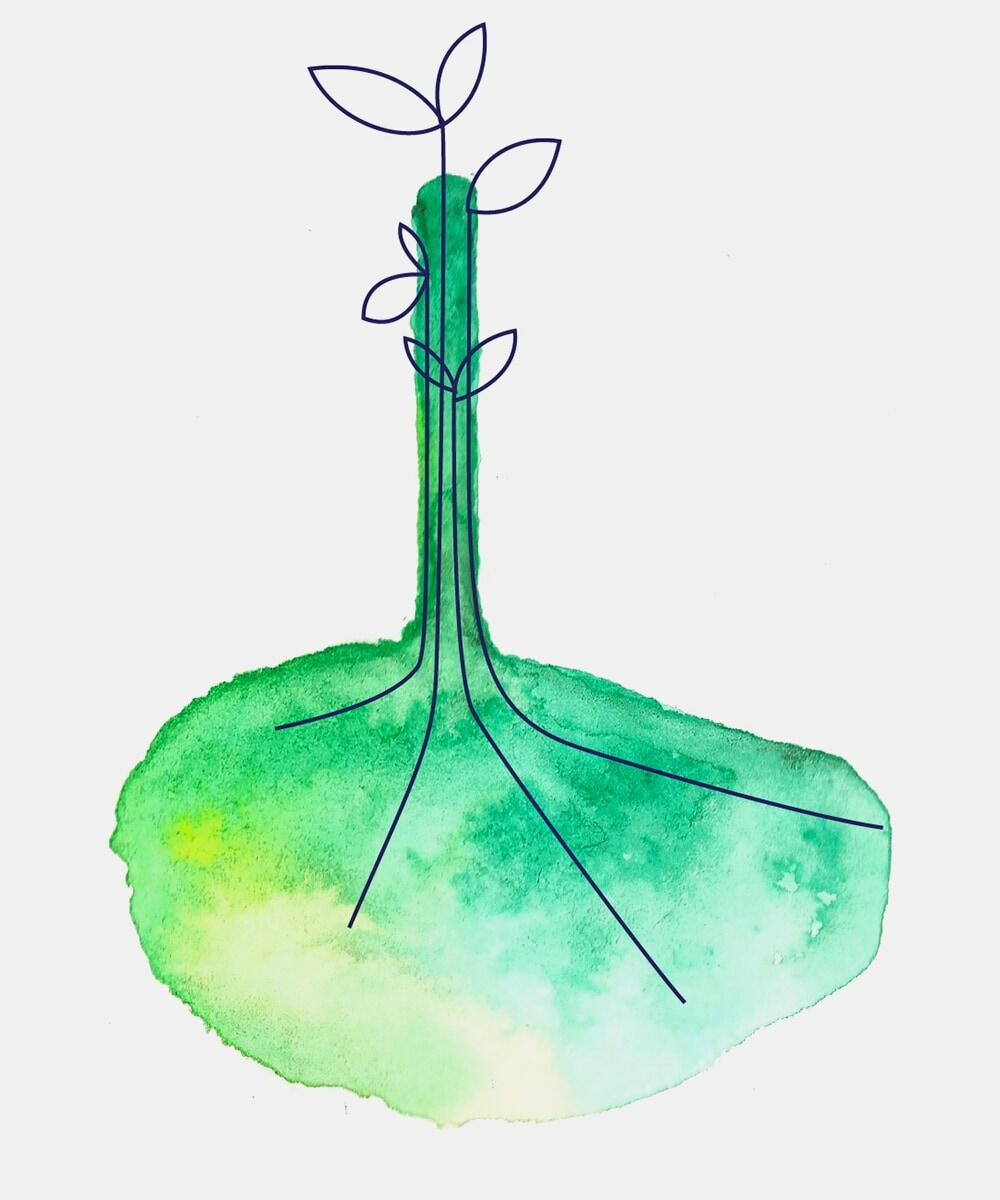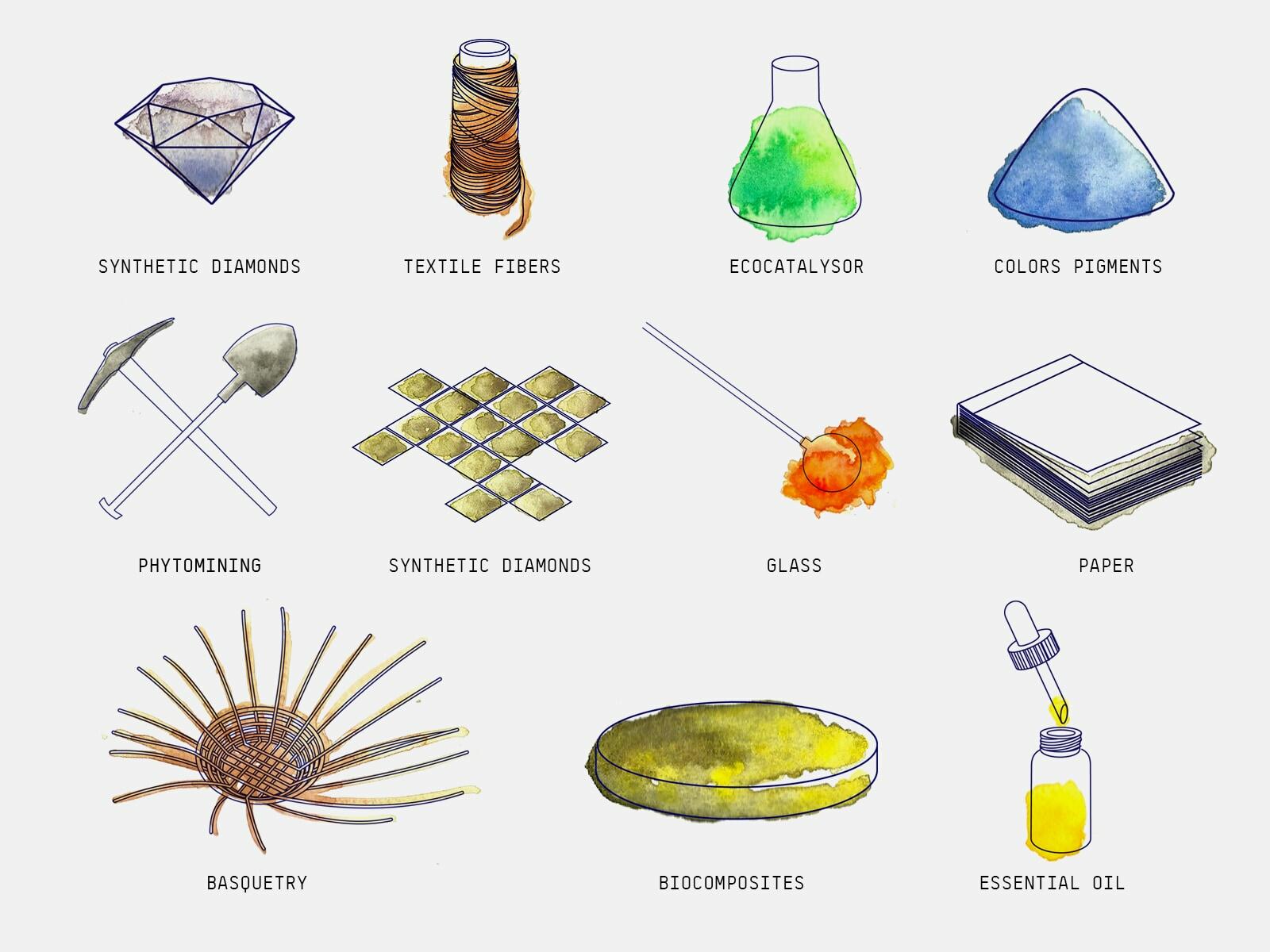Blooming ground and Rising from its ashes
Industrial activities have marked, reorganised and shaped their territory. Very often, this leaves a post-industrial landscape that reflects a negative image with terrible environmental, health and socio-economic consequences, which weigh on people’s minds and a feeling of failure of an industry that was once the pride of all. While it is necessary to keep a record of their existence, if only for future use, it is essential to find a new balance for these areas.
The environmental code requires the safety and rehabilitation of these industrial or agricultural sites that present risks, but this has not always been the case. Faced with the challenges posed by these industrial wastelands, many rehabilitation solutions exist, but their consequences are sometimes more damaging than the pollution itself. Among these techniques, phytoremediation uses plant species capable of containing, extracting or degrading the pollutants present in the soil. The need to promote these techniques, which are capable of cleaning up these sites and bringing life back to dying soils, is therefore essential. In urbanised areas, land pressure reinforces the need to rehabilitate these sites and leads decision-makers to choose quick and cheap techniques in view of future benefits, but this is not the case for rural areas. Nevertheless, for both areas, we can question the more distant future of these sites, the future of their post-industrial landscape, their memory, their identity, but also the increasing artificialisation of their soils. At a time when the importance of the return of nature to the city and of green spaces, ecological corridors, the loss of biodiversity and their consequences are being highlighted, phytoremediation appears to be a godsend in the conversion of these polluted sites. Between the limit of temporality and the lack of valorisation of the biomass produced by phytoremediation, it is a question of transforming these constraints into an asset. The renewable resource, available over relatively long periods, generated by these processes, makes it possible to envisage new economic activities based on its transformation.
The challenge of phytoremediation techniques is above all ecological and sanitary, in order to regenerate the site, and therefore to rehabilitate the territory. It is clear that without an economic perspective, it is more difficult to envisage the use of these techniques. Perhaps we should think of phytoremediation as a tool for the development of the territory that needs to be appropriated in a collective approach to hope to reveal its added value. The benefits would then be multiple and notably economic. Faced with the issue of polluted sites and soils, the
www.bloomingground.fr platform was designed as a participatory tool. Collecting a maximum amount of information in a single place that is accessible to all, site allows visitors to discover, understand and be convinced by these processes, but also to find the information necessary for the development of these techniques. Open to the sharing of knowledge and initiatives, its aim is to encourage new collaborations, phytoremediation processes and to inspire new economic models. The Rising from its Ashes project, presented here, is one of many initiatives to promote these plants in the unique context of a former mine in the Cévennes.
Phytoremediation and the necessary use of the biomass generated are therefore an opportunity for post-industrial territories. They allow the preservation, rediscovery and revaluation of traditional local knowledge and know-how through innovative techniques. They also symbolise a certain resilient modernity, capable of regenerating a territory as well as the notions of identity, heritage and terroir that are associated with it.

